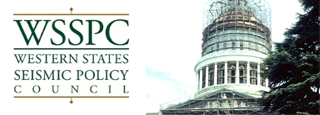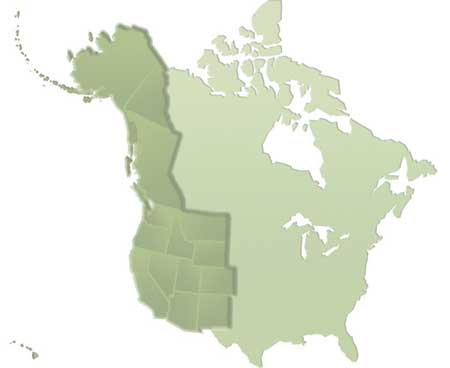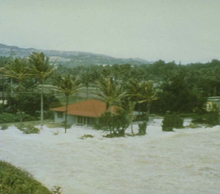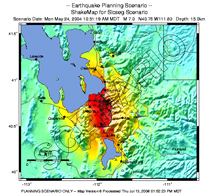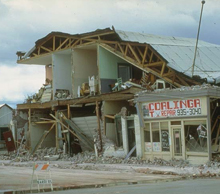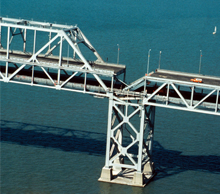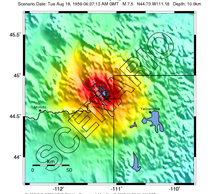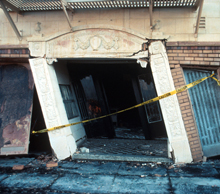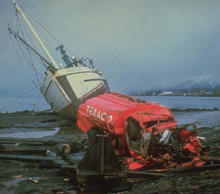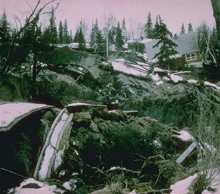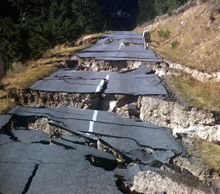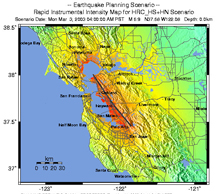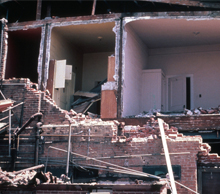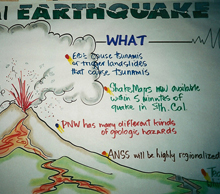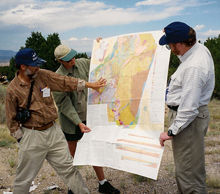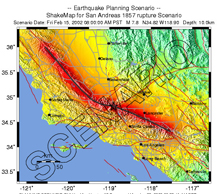WSSPC Policy Recommendations
Policy recommendations approved by the WSSPC membership are reviewed for currency on a three year cycle. Following are current policy recommendations issued by WSSPC:
Risk Reduction Strategies
Policy Recommendation 21-2: Developing Earthquake and Tsunami Risk-Reduction Strategies
Policy Recommendation 21-6: Functional Recovery of Buildings
Hazard Identification and Assessment
Policy Recommendation 21-1: Earthquake and Tsunami Planning Scenarios
Earthquake Monitoring and Early Warning
Policy Recommendation 20-3: Earthquake Monitoring Networks
Policy Recommendation 20-7: Earthquake Early Warning Systems
Building Codes
Policy Recommendation 19-4: Seismic Provisions in the 2018 International Building Codes
Policy Recommendation 21-4: Identification and Mitigation of Non-Ductile Buildings
Policy Recommendation 20-4:Identification and Mitigation of Unreinforced Masonry Structures
School Building Safety
Policy Recommendation 20-8: Seismic Design and Construction of New Schools
Lifelines
Policy Recommendation 21-5: Resilience of Lifeline Infrastructure and Services
Policy Recommendation 19-12: Earthquake-Actuated Automatic Gas Shutoff Devices
Tsunami
Policy Recommendation 19-1: Rapid and Effective Tsunami Identification and Response
Post-Event Management
Policy Recommendation 19-3: Post-Earthquake Technical Clearinghouses
Earthquake Engineering Research Institute (EERI) Policy Statements
EERI has adopted the following policy statements:
Schools shall be URM Free by 2033
Mitigation of Nonstructural Hazards in Schools
Creating Earthquake Resilient Communities
